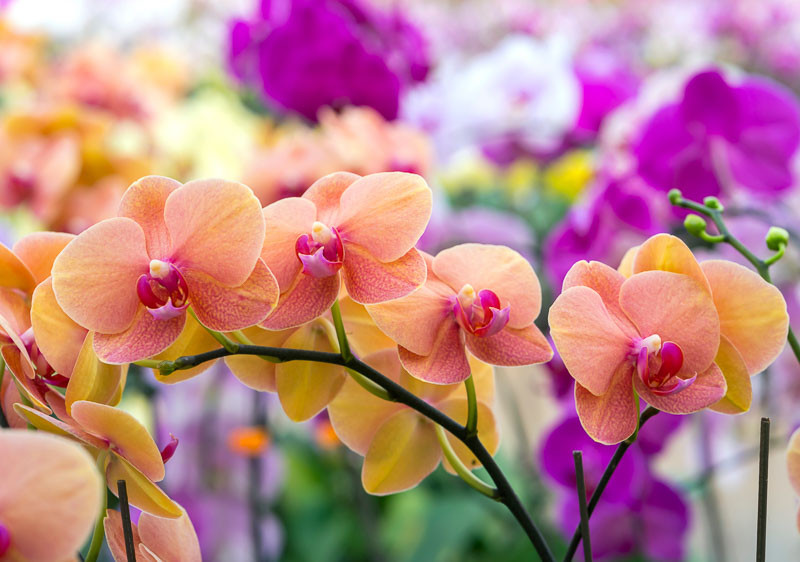Orchids - Expert Tips for Gardening Success
Orchids, with their captivating beauty and variety, can be an exceptional addition to your garden or home. However, they are often seen as finicky, requiring expert care. Here are some expert tips for cultivating orchids successfully:
- Choose the Right Variety: Begin with a variety well-suited to your environment. Phalaenopsis and Cymbidium orchids are typically beginner-friendly and resilient to different conditions.
- Understand Light Needs: Most orchids prefer bright, indirect light. Direct sun can scorch their leaves, while too little light can prevent flowering. Try a north or east-facing windowsill.
- Water Wisely: Overwatering is a common mistake. Many orchids prefer to dry out between waterings. Typically, watering once a week is sufficient, but adjust based on your orchid’s needs.
- Maintain Humidity: Orchids hail from humid environments. Indoor growing, particularly in dry climates or winter, may require a humidity tray or humidifier.
- Feed Regularly: Orchids need feeding to bloom. Use a balanced orchid fertilizer every two weeks during the growing season.
- Provide Good Air Circulation: Like their natural tree-dwelling state, orchids appreciate airflow. A gentle fan or open window can help prevent disease.
- Repot Every Few Years: Orchids can outgrow their pots or exhaust their potting medium. Repot every two years or when the growing medium starts to break down.
Remember, patience is key! Orchids can take time to re-bloom, but the stunning flowers are well worth the wait. Happy growing!

